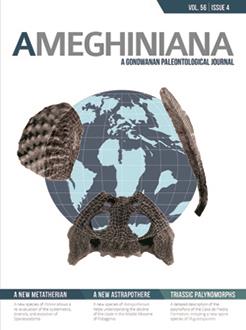Molar morphology is one of the most used proxies for paleoecological inferences in mammals. Since the XIX century, several authors associated dental morphological traits with the diet of an animal by means of qualitative and descriptive analyses. More recently, different studies of tooth function have associated various quantitative traits of tooth shape (i.e., morphometric ratios or angles) with the different items consumed by the animal. However, because different inferences of diet for the same species can be found in the literature, it is crucial to study the power of different proxies. In this work, we compared the utility of classic morphometric indices (relative lower grinding area, lower angle and angle α) and three-dimensional landmarks configuration to infer diet. Based on a previously published dataset from our working group, we calculated the classic morphometric indices and performed three classification methods: linear discriminant analysis, quadratic discriminant analysis, and weighted random forest. Our results demonstrate that when using the geometric morphometrics approach, the diet of species is better reclassified than when using morphometric indices. Furthermore, intraspecific variation appears fundamental when making paleoecological inferences. In inferring ecological characteristics of extinct animals, studying morphological variation in extant organisms is a safeguard to prevent misinterpretations when reconstructing past ecologies.
How to translate text using browser tools
27 July 2019
The Scope of Traditional and Geometric Morphometrics for Inferences of Diet in Carnivorous Fossil Mammals
Sergio D. Tarquini,
M. Amelia Chemisquy,
Sandrine Ladevèze,
Francisco J. Prevosti
ACCESS THE FULL ARTICLE

Ameghiniana
Vol. 56 • No. 4
July 2019
Vol. 56 • No. 4
July 2019
Carnivora
Diet classification
morphometric indices
Weighted random forest




